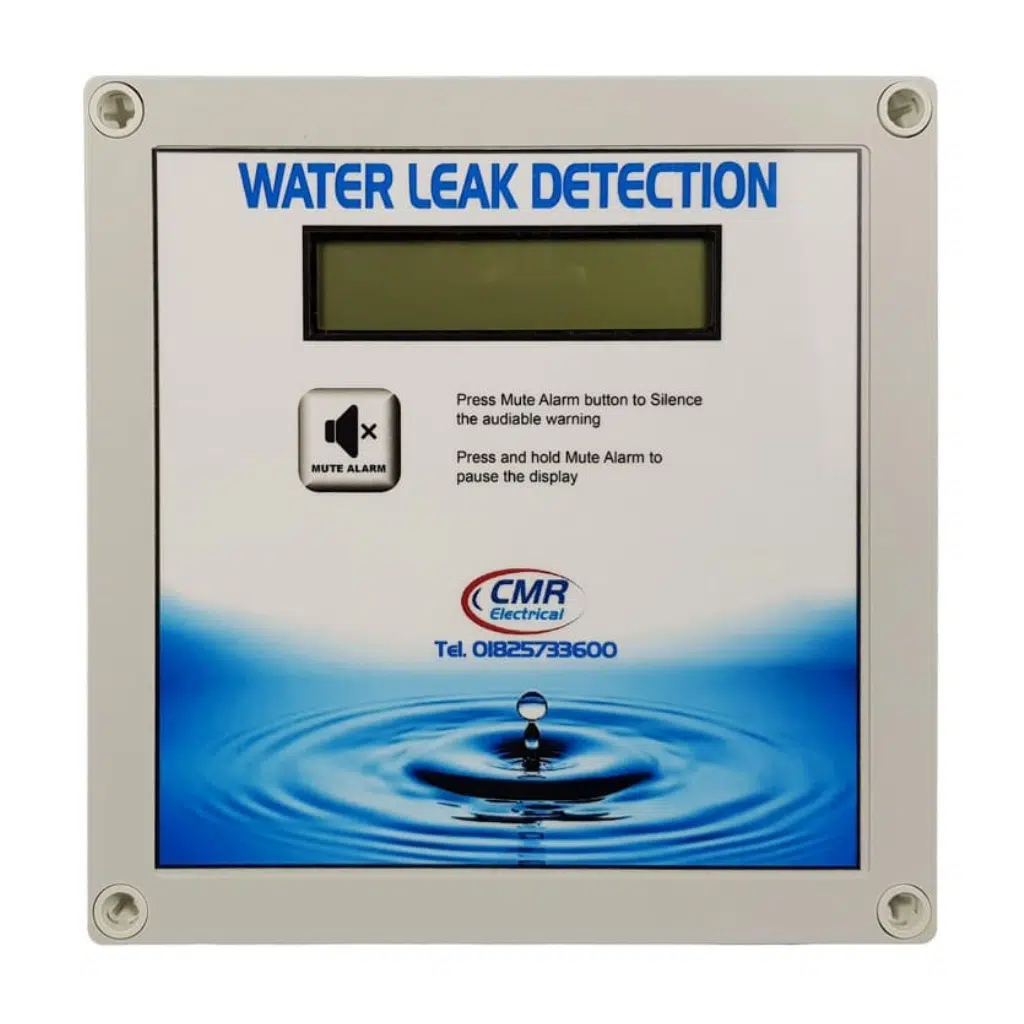Comprehensive Overview to Water Leak Detection for Home Owners and Organizations
Comprehensive Overview to Water Leak Detection for Home Owners and Organizations
Blog Article
Innovative Solutions for Early Discovery of Water Leakages in Structures and Infrastructure
From advanced leakage detection modern technologies to the implementation of IoT sensing units for real-time surveillance, the landscape of leak avoidance is advancing rapidly. Automated water circulation analysis systems are reshaping how leaks are identified and addressed, paving the way for an aggressive method to water leakage discovery.
Advanced Leakage Discovery Technologies
Advanced leak discovery innovations, equipped with advanced sensing units and formulas, play a critical role in swiftly identifying and identifying water leakages in numerous setups. These technologies employ a combination of acoustic, thermal, and electromagnetic noticing techniques to spot leakages accurately. Acoustic sensing units discover the noise of leaving water, allowing for exact localization of the leakage source. Thermal imaging discovers temperature modifications brought on by water leakage, providing an additional reliable method for leak recognition. Electro-magnetic sensing units can determine adjustments in magnetic fields brought on by water, supplying yet an additional layer of leakage detection capacity.

IoT Sensors for Real-Time Surveillance
In the realm of contemporary water leakage discovery, the combination of IoT sensors for real-time surveillance represents an essential advancement in improving aggressive leak detection capacities. These sensors provide continuous tracking of water supply, offering real-time data on water flow prices, pressure variations, and temperature level changes. By leveraging IoT innovation, these sensors can detect even the smallest anomalies in water use patterns, making it possible for very early recognition of potential leakages prior to they escalate into major problems.
IoT sensors send data to a centralized system, where advanced algorithms assess the info and generate signals or alerts when irregularities are spotted. This real-time surveillance ability permits homeowner or center managers to without delay deal with leaks, decreasing water damage, minimizing fixing costs, and saving water resources.
In addition, IoT sensors can be incorporated with building administration systems, permitting automatic feedbacks to identified leaks, such as shutting down water valves or activating pumps to alleviate the effect of leaks. In general, the application of IoT sensing units for real-time surveillance substantially improves the effectiveness and effectiveness of water leak detection in structures and infrastructure.
Artificial Intelligence Algorithms for Leak Prediction

One secret advantage of using equipment discovering for leakage forecast is its capability to continually find out and improve its accuracy in time. As more information is accumulated and fed into the algorithm, it can fine-tune its predictions and adjust to transforming conditions, eventually enhancing the integrity of leak discovery systems.
Additionally, artificial intelligence algorithms can assist in identifying subtle indications of leakages that might go undetected by traditional surveillance methods. water leak detection. By analyzing complex information embed in real-time, these algorithms Related Site can provide early warnings and signals, allowing for prompt intervention and preventive maintenance to minimize prospective water damage and linked costs
Making Use Of Thermal Imaging for Leakage Discovery
Thermal imaging innovation provides an encouraging technique for identifying water leaks in numerous systems and facilities. By using infrared radiation and temperature level variations, thermal imaging cams can identify surprise leaks that are not quickly noticeable to the nude eye. When water gets away from pipelines or frameworks, it usually alters the temperature of the surrounding area, developing temperature differentials that thermal electronic cameras can capture. These temperature level irregularities are then translated into noticeable images, highlighting the specific area of the leakage.
Among the key benefits of thermal imaging for leakage detection is its non-intrusive nature. Unlike traditional techniques that might need damaging into walls or floorings to find leakages, thermal imaging allows for non-destructive screening. This not only conserves time and decreases costs but also lessens disruption to the structure or framework being examined. Additionally, thermal imaging can swiftly scan large areas, giving an extensive review of potential leak resources in a timely way. In general, using thermal imaging modern technology improves the efficiency and precision of water leak discovery, making it a valuable tool for maintaining the stability of buildings and facilities.
Automated Water Flow Evaluation Systems
Exactly how can computerized water circulation analysis systems change the detection and administration of leakages in numerous systems and facilities? Automated water circulation analysis systems use a proactive strategy to leak discovery by constantly keeping track of water flow prices and patterns. By establishing baseline information, these systems can quickly determine variances that may suggest a leakage, enabling punctual treatment to stop comprehensive damages.
These systems use innovative formulas to evaluate real-time information and offer instant notifies when abnormalities click site are found, allowing for speedy action to be taken. In addition, automatic water circulation analysis systems can be integrated with building monitoring systems or IoT platforms, boosting overall effectiveness and enabling remote tracking abilities.
Furthermore, the data collected by these systems can be utilized for anticipating maintenance objectives, helping to recognize potential weak points in the framework before leaks take place. Generally, the application of automated water flow evaluation systems can considerably enhance leakage discovery and administration methods, eventually resulting in set you back financial savings, lowered water wastefulness, and enhanced sustainability in structures and infrastructure.

Conclusion
Finally, the integration of sophisticated leak discovery technologies, IoT sensing units, device discovering formulas, thermal imaging, and automatic water flow analysis systems uses ingenious options for very early discovery of water leakages in structures and facilities. These modern technologies enable real-time surveillance, forecast of leaks, and efficient discovery techniques to stop water damages and waste. Carrying out these options can assist in preserving the stability and sustainability of water supply in different settings.
Report this page